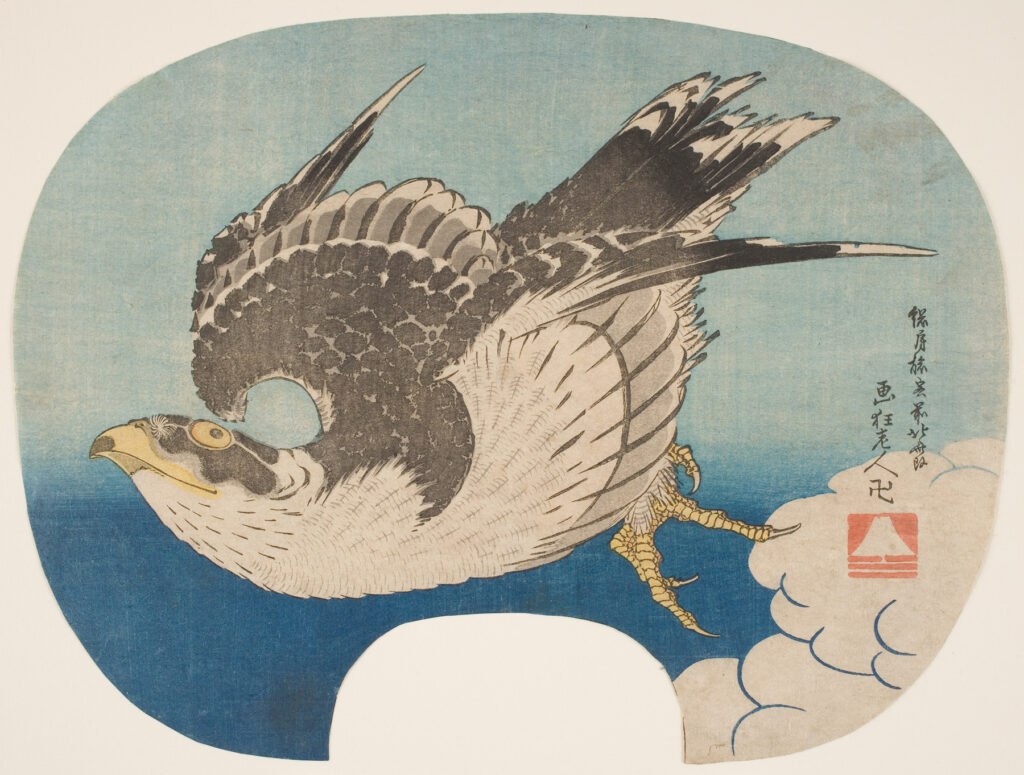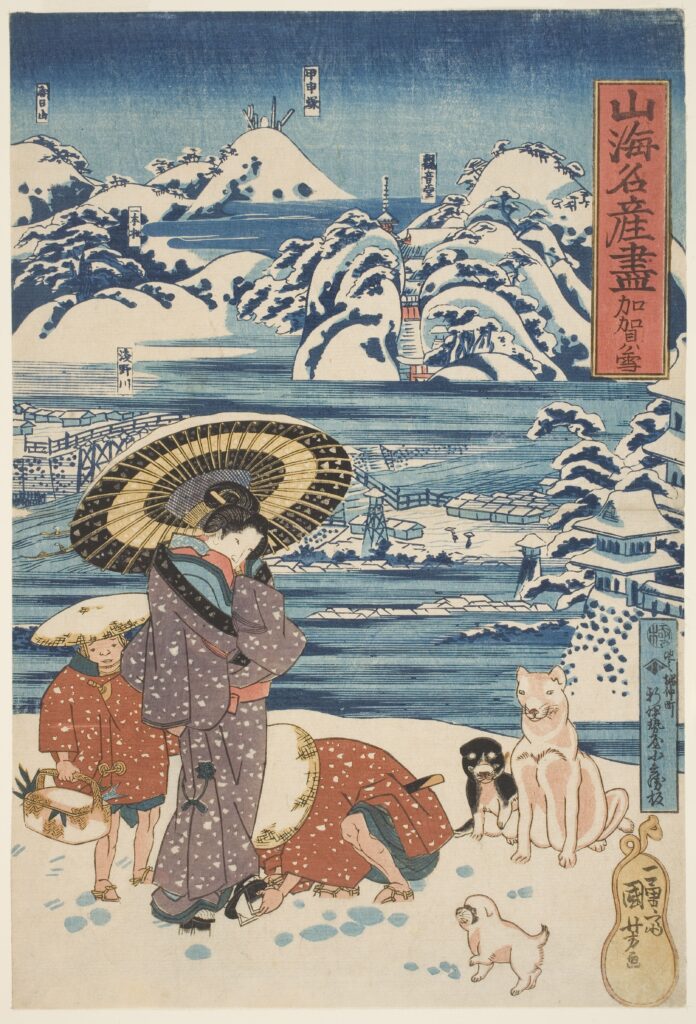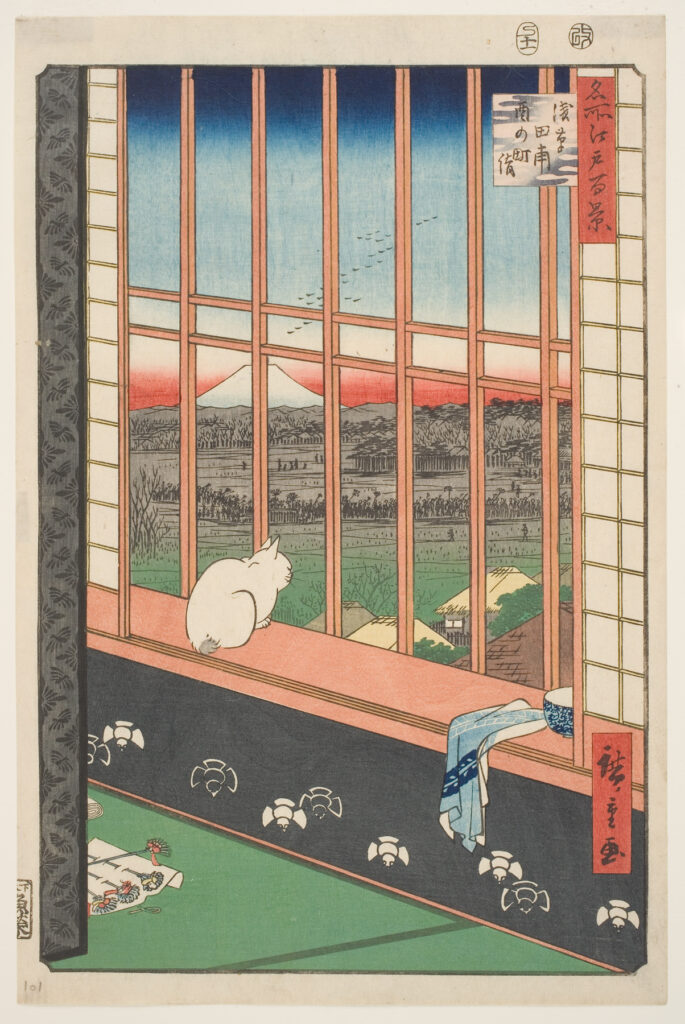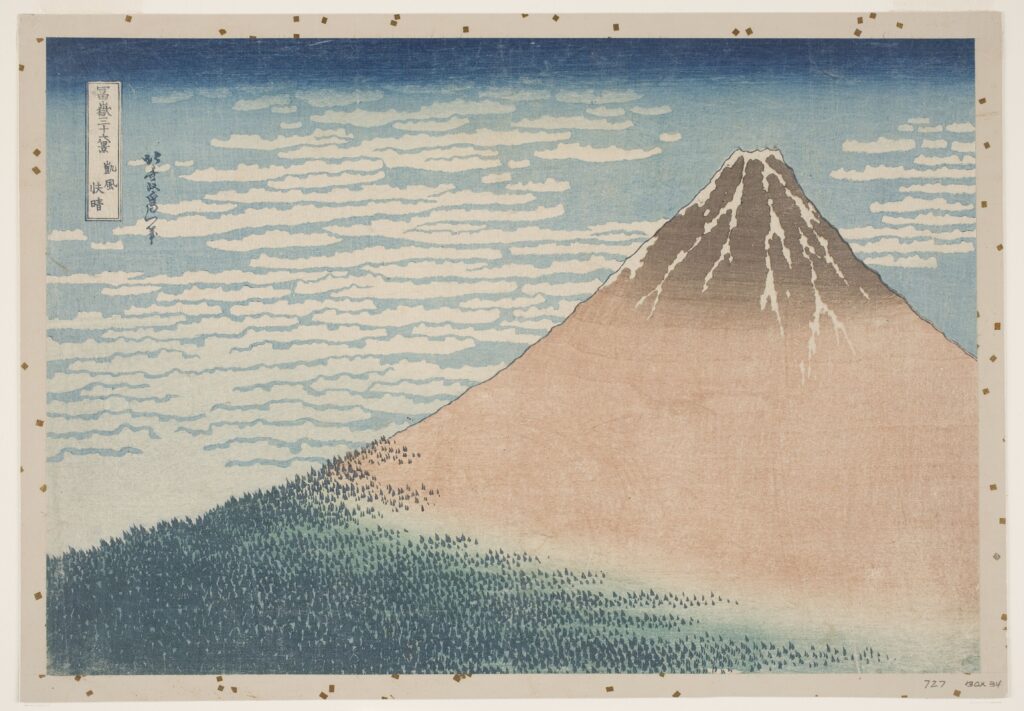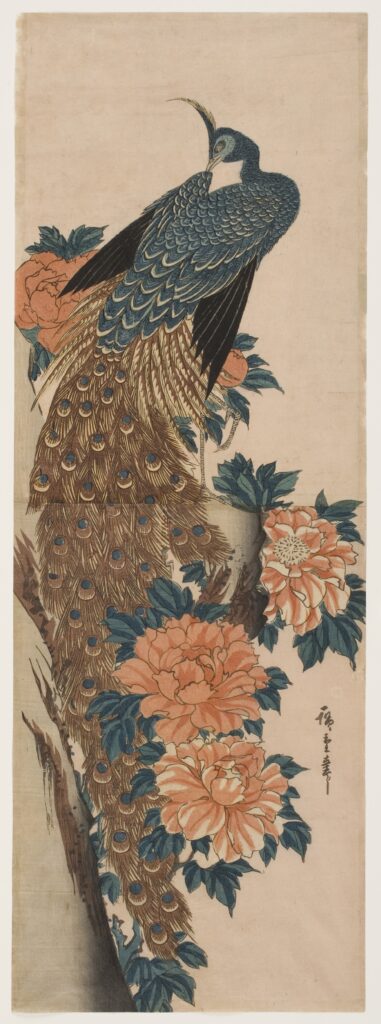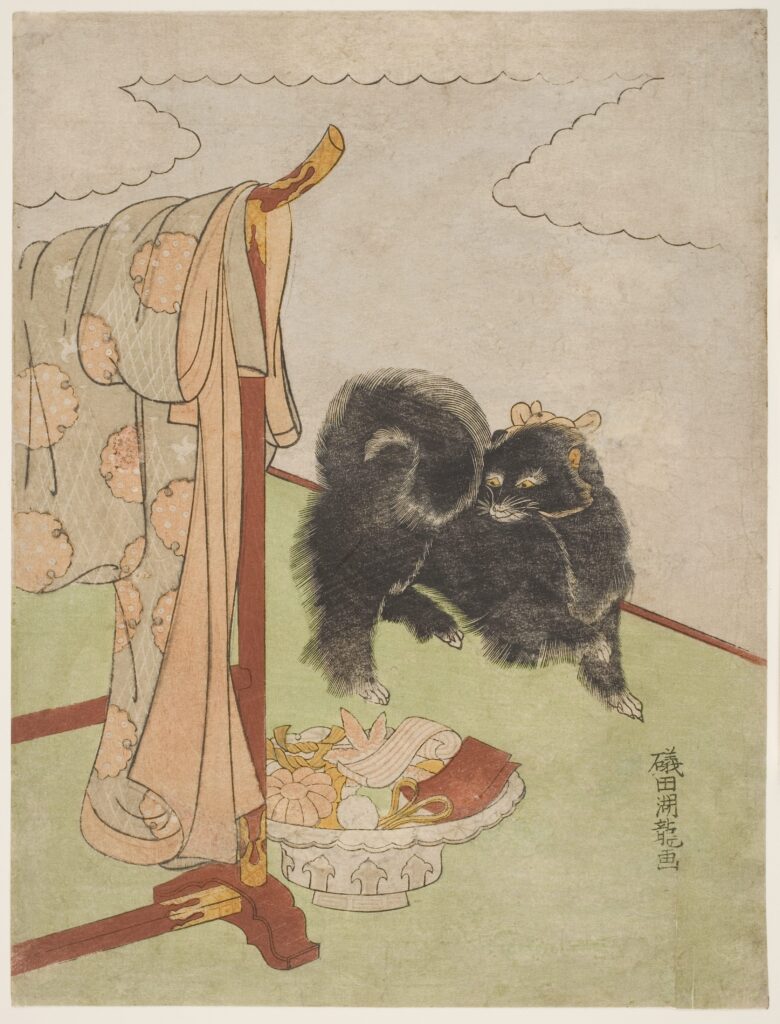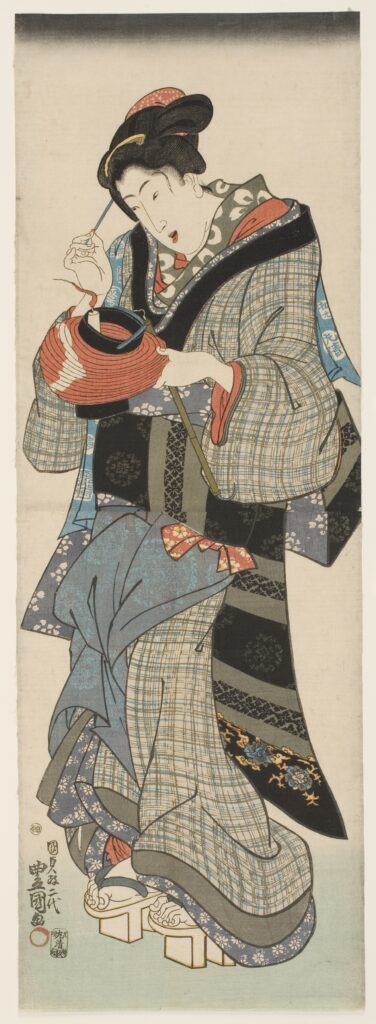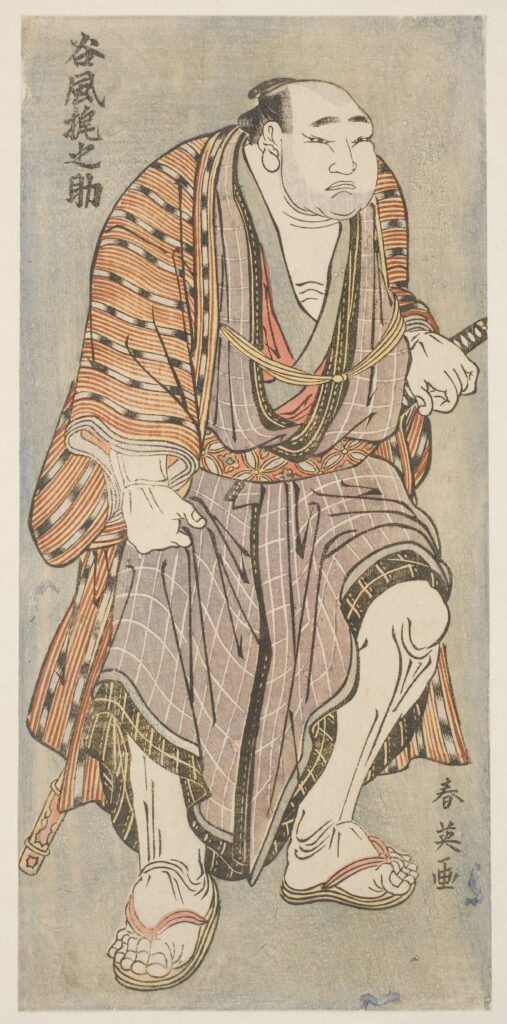The Blanton Museum’s Exhibit “The Floating World” Boasts a Prolific Collection of Striking Japanese Prints
The University of Texas at Austin art museum will host the enlightening traveling exhibition through June 30

The Floating World: Masterpieces of Edo Japan at UT’s Blanton Museum of Art presents a rich compilation of high art from a fascinating period in history. Alongside Anni Albers: In Thread and On Paper, the show is one of the museum’s two new spring exhibitions.
Featuring an arresting and acclaimed collection of over 130 woodblock prints and scrolls that hail from the Worcester Art Museum in Massachusetts, the show offers insights into the lifestyles and interests of Japan’s population from the 17th to 19th century as well as the craft of printmaking.

The Edo Period of Japan (1601-1868) was distinguished by its stability and prosperity, a favorable contrast to Japan’s previous centuries spent in war and conflict. As a response, the people of the Edo Period took to basking in their newfound mobility and taking time to enjoy themselves.
The art genre ukiyo-e (“pictures of the floating world”) reflects this mood and serves as the bedrock of the exhibition. The name comes from the Japanese word ukiyo, a term used to describe the carefree, indulgent, and appreciative attitude of the era’s urbanites. During the Edo Period, those with disposable income invested in pleasure and patronized the artists, merchants, entertainers, and courtesans of growing cities like Edo (today known as Tokyo), Kyoto, and Osaka.
The hedonistic culture is captured in the artwork, which showcases the amusements of everyday life. For easy navigation, the exhibit is sorted into four sections which include Entertainment: Kabuki Theater and Celebrations, Poetic Pictures, Landscapes and the Natural World, and Bijin-ga and the Pleasure Quarters. These different themes of the show each provide intimate glimpses into the popular recreational pursuits of the public, covering their interest in celebrity lives, literature, flora and fauna, and courtesans.
The works in The Floating World are all constructed through woodblock printing. Creating these prints is a taxing practice that requires grace and skill. The process at its most basic level involves carving designs into a woodblock, applying ink, and pressing the ink onto paper. For each different color that an artist uses in their illustration, a different woodblock must be carved. If it’s too difficult to conceptualize or recognize the effort that goes into the production, a piece from the artist Daryl Howard welcomes guests into the exhibition and cleverly presents the many steps required in woodblock printing to reach the final product.

The Floating World: Masterpieces of Edo Japan shares a slice of life of a time characterized by sensuality and delight. Chronicling the happy yet mundane moments of Edo-era life, the prints offer a tender reminder to us of how precious our simple pleasures are, and that not so much has changed over time.

The Floating World: Masterpieces of Edo Japan is on view through June 30, 2024. For those seeking further comprehension and enjoyment, the Blanton’s Second Saturdays program on March 9 will feature an interactive printmaking activity along with a talk with Sarah Thompson, the Curator of Japanese Art at the Museum of Fine Arts Boston.

